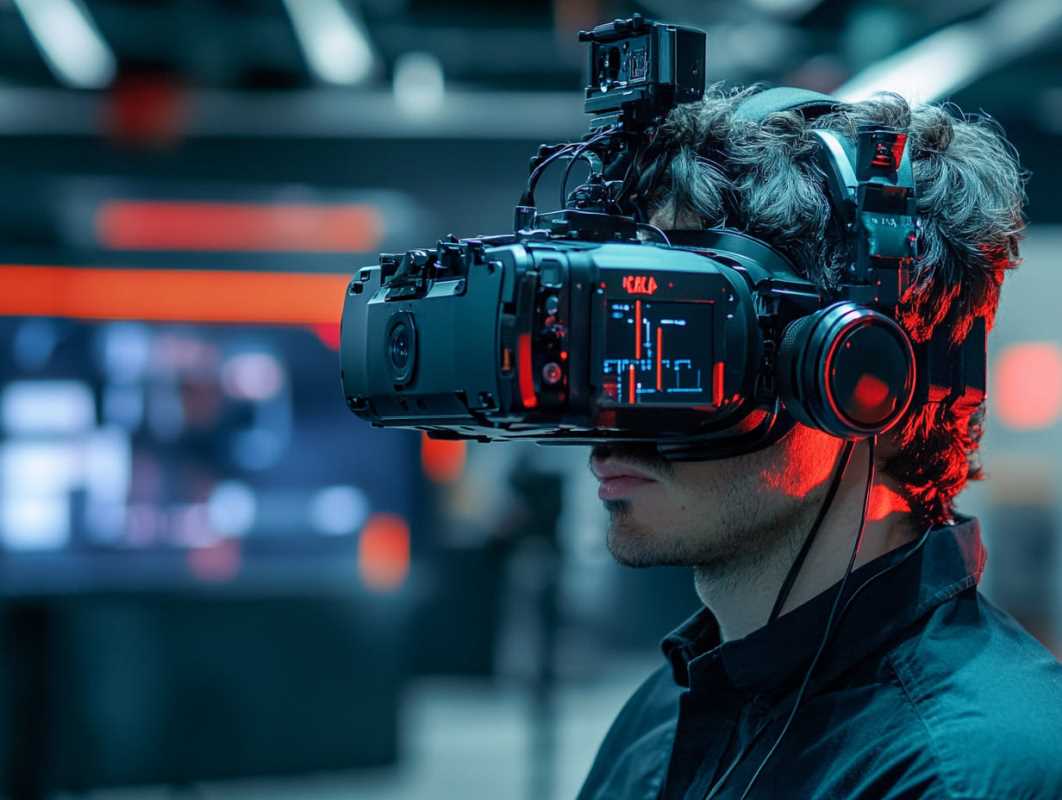Over the years, virtual reality has transformed dramatically, shifting from a niche hobby to a dynamic and flourishing industry. It's captured the imagination of audiences everywhere with its captivating immersive experiences and groundbreaking applications. As VR technology advances, developers are constantly adapting to meet new demands and challenges. In this rapidly evolving landscape, comprehensive insurance solutions have emerged as a critical necessity for VR developers. These solutions provide a vital safety net, addressing the unique risks that come with their innovative work. For developers focused on safeguarding their projects and businesses, recognizing the importance of insurance in this field is absolutely essential.
The Challenges Faced by VR Developers
Developing virtual reality experiences involves navigating a range of challenges that can impact both the creative process and the financial stability of a business. Some of the most common obstacles include:
- High Development Costs: VR projects often require significant investment in hardware, software, and specialized talent, making financial risks a major concern.
- Technical Risks: The complexity of VR technology means that developers face a higher chance of technical failures or bugs that can delay projects and increase costs.
- Intellectual Property Issues: Protecting unique ideas and innovations is critical, as the competitive landscape can lead to potential disputes over ownership and usage rights.
- Market Uncertainty: Predicting consumer reception and market trends for VR products can be difficult, leading to financial uncertainty.
These challenges affect the day-to-day operations of VR developers and have long-term implications for the success and sustainability of their businesses. Addressing these risks through appropriate insurance coverage can help mitigate potential setbacks.
Types of Insurance for VR Developers
To effectively manage the risks associated with VR development, several types of insurance are particularly relevant:
- Liability Insurance: Protects against claims of property damage or personal injury caused by VR products or services. This coverage is essential for safeguarding against lawsuits that could arise from user experiences.
- Property Insurance: Covers physical assets such as computers, VR equipment, and office space. This ensures that essential tools remain protected against damage or theft.
- Cyber Insurance: Addresses risks related to data breaches, hacking, and other cyber threats. Given the digital nature of VR, protecting sensitive information remains paramount.
- Professional Liability Insurance: Also known as errors and omissions insurance, this coverage addresses legal costs related to professional mistakes or negligence that may occur during development.
Each of these insurance types plays a crucial role in creating a comprehensive safety net for VR developers, addressing both tangible and intangible risks inherent in the industry.
Benefits of Comprehensive Insurance
- Financial Protection: Comprehensive insurance shields VR developers from significant financial losses due to unforeseen events, allowing them to focus on innovation without constant worry about potential setbacks.
- Enhanced Credibility: Having robust insurance coverage can increase trust among clients and partners, demonstrating a commitment to professionalism and risk management.
- Business Continuity: In the event of a disaster or lawsuit, insurance ensures that the business can continue operating smoothly, minimizing downtime and recovery time.
- Legal Compliance: Some insurance types are required by law for specific business operations, ensuring that VR developers stay compliant and avoid legal penalties.
These benefits provide immediate protection and contribute to the long-term growth and stability of VR development businesses.
Finding the Right Insurance Solutions
Selecting the appropriate insurance plans is a crucial step for VR developers looking to protect their ventures. Here are some tips to guide the process:
- Assess Your Needs: Evaluate the specific risks associated with your projects and business operations to determine which types of insurance are necessary.
- Compare Providers: Research different insurance companies to find those that specialize in technology and creative industries, ensuring they understand the unique challenges of VR development.
- Read the Fine Print: Carefully review policy details to understand coverage limits, exclusions, and the claims process.
- Seek Expert Advice: Consulting with an insurance broker who has experience in the VR or tech sectors can provide valuable insights and help tailor a policy to your needs.
By following these steps, VR developers can identify and secure insurance solutions that offer the most relevant and effective protection for their specific circumstances.
Insurance and Project Success
Having comprehensive insurance coverage plays a pivotal role in the success of VR projects. With the assurance that potential setbacks are financially covered, developers can take calculated risks and push the boundaries of creativity without the fear of catastrophic losses. Insurance can facilitate smoother project management by providing resources to handle unexpected issues swiftly, ensuring that timelines and budgets remain on track.
Insurance can enhance collaboration with partners and investors by demonstrating a commitment to risk management. This approach leads to more robust funding opportunities and stronger partnerships, ultimately contributing to the overall success and innovation within the VR landscape.
Comprehensive insurance serves not just as a safety net for VR developers but also as a valuable tool that supports the creative and financial aspects of their projects. By understanding and addressing the unique risks of the VR industry, developers can safeguard their work and ensure long-term success.
 (Image source: Midjourney)
(Image source: Midjourney) 





